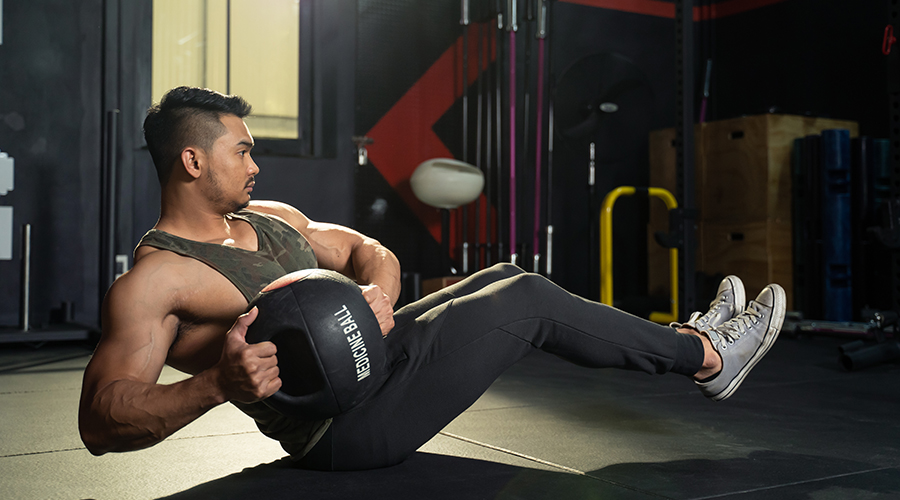How to Speed Muscle Recovery: Science Behind It and How to Boost It
18 October 2024
In today’s blog, we shall talk about how muscle recovery is an essential part of any workout routine, especially the ones related to muscle building and involving weights or HIIT.
Muscle Recovery
Muscle recovery is one of the most important parts of your fitness routine. Maybe even more than exercise. When we work out, our muscles undergo tears and cuts through the muscle fibre due to strain on the muscles. The process of healing those tears is called muscle recovery. It is very important to deal with this with sensibility because this can lead to bigger injuries if overlooked. When these tears are healed, muscles grow stronger.
It Happens in Two Stages:
Rebuild and Repair. During the repair phase, your body sends nutrient-rich blood to the damaged muscle fibres to heal them. The rebuilding phase happens after that and in this phase, the muscle fibres fuse back stronger than before.
Quick Muscle Recovery: Why It Matters
When you are working out to build strong muscles and improve your fitness levels, quick muscle recovery is needed. During exercises especially when things get intense, we are constantly pushing our muscles to their limits which causes microtears. These are internal so often go unnoticed unless it starts hurting and impacting your performance. The quicker these tears are repaired and muscles recovered, the faster you can resume your workout and avoid injuries.
If this is ignored the recovery is slower or stunted and can cause stiffness, fatigue and lack of strength. What impacts the rate of muscle recovery is:
- Rest days: How often you rest impacts your recovery
- Nutrition: The right nutrients can make a world of difference.
- Supplements: Some supplements like creatine help in faster muscle recovery
- Sleep: How well you sleep is very important
- Hydration: Staying hydrated helps flush out toxins and reduces muscle soreness.
- Your protein intake
- Nature of carbs you consume
- Anti-inflammatory foods rich in omega-3

Post-Workout Recovery: Best Practices
Your post-workout ritual is more essential than the workout itself because that sets the tone for how your muscles will repair themselves. Focusing on recovery can help you feel less sore, maintain your energy levels, and prevent injuries in the long run. Here are some practical tips to boost post-workout recovery:
- Stretching: To make the transition between other things and work out smoother and check if there is any pain or injury.
- Cool Down Session: To conclude the workout slowly
- Foam Rolling: To deal with any muscle pull
- Massage Target Groups: To check for any soreness
- Post-Workout Nutrition: Having a balanced meal to prep yourself for more energy
- Hydration: By replenishing electrolytes
- Quick Snack: Like a protein bar or peanut butter scoop
- Active Recovery: Like yoga, walking, meditation
Takeaway
You need to pay attention to your body. It communicates for recovery in many ways. Hence it is believed that when you feel sensations you can’t explain that is your body’s sign language. Microtears are not visible externally hence it is important to be on the safer side and give your body the time it needs to recover and relax. Make sure to hydrate, nourish and rest. Remember, recovery is not just about resting but actively finding ways your muscles can heal quicker.









 100% Safe & Secure payments:
100% Safe & Secure payments:




